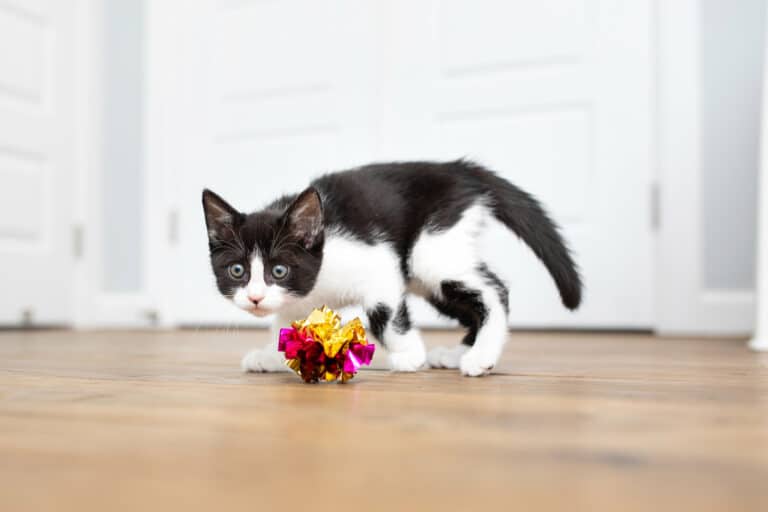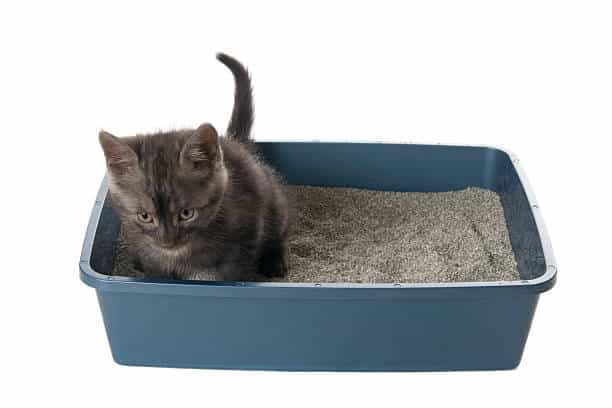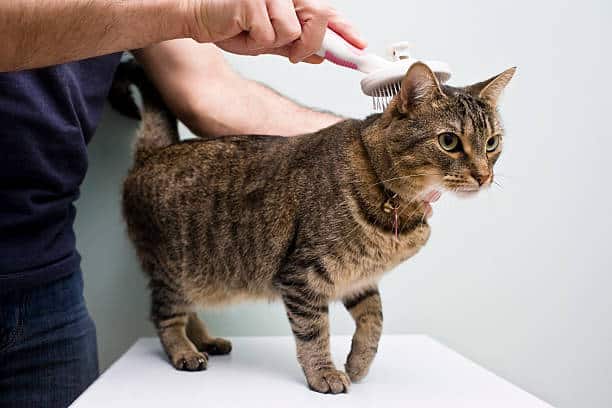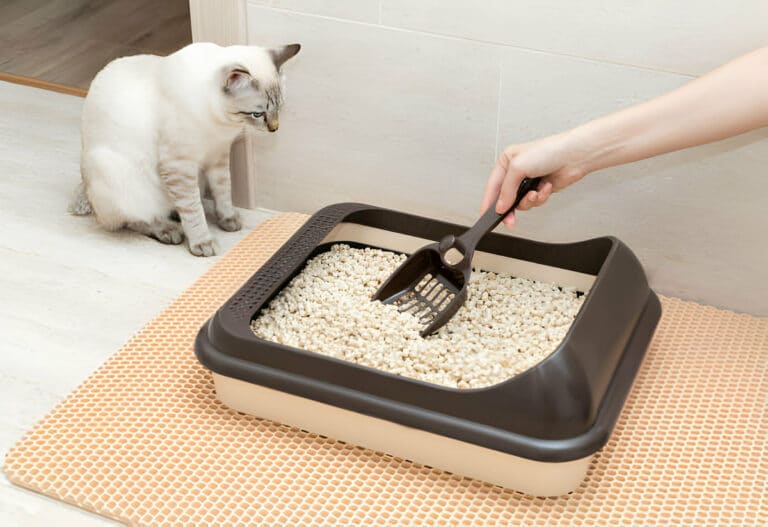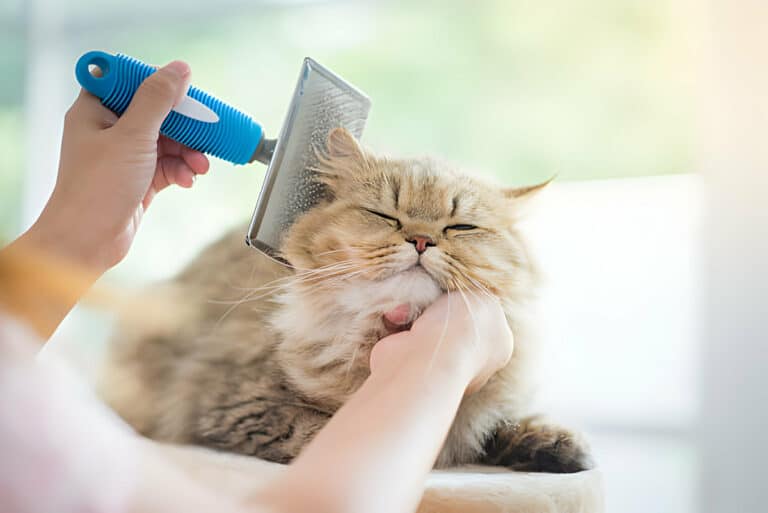Cat Hygiene 101 – Tips For Keeping Your Pet Clean And Happy
You love your furry feline friend, and ensuring their well-being is a top priority. Maintaining good hygiene practices is vital for keeping your cat healthy and content. From grooming tips to litter box importants, this blog post will provide you with expert advice on how to keep your beloved pet clean and happy. By following these simple yet effective tips, you can create a safe and comfortable environment for your cat to thrive in.
Basic Grooming Essentials
Brushing Your Cat’s Fur
While grooming your cat, brushing their fur is a crucial step in maintaining their hygiene. Not only does it help remove loose hair and prevent matting, but it also stimulates blood circulation and keeps the coat shiny and healthy. Choose a brush or comb suitable for your cat’s hair length and type, and make it a regular part of your grooming routine.
Bathing Your Cat (When Necessary)
To maintain your cat’s hygiene, occasional baths may be necessary, especially if your feline friend gets into something sticky or smelly. Use a gentle cat shampoo specifically formulated for them, lukewarm water, and ensure a calm environment to minimize stress. It’s important to rinse your cat thoroughly to remove any shampoo residue, as leftover product can irritate their skin.
Basic grooming like brushing and bathing plays a vital role in keeping your cat clean and healthy. By incorporating these simple tasks into your routine, you can ensure your feline companion is comfortable and content.
Oral Hygiene and Claw Care
Dental Care for Cats
Any responsible cat owner knows the importance of maintaining their pet’s oral hygiene. Dental care for cats is crucial to prevent tartar buildup, gum disease, and other oral health issues. Brush your cat’s teeth regularly with a specialized toothbrush and toothpaste formulated for felines. Additionally, incorporating dental treats or toys can help promote good oral health and keep your cat’s teeth clean and strong.
Trimming Claws: Safety and Comfort
Claw care is an crucial aspect of cat hygiene, and trimming your cat’s claws is an important part of maintaining their health and well-being. To ensure safety and comfort during the claw trimming process, it is crucial to use proper tools such as cat nail clippers or scissors designed for this purpose. Cutting the claws too short can cause pain and bleeding, so it’s crucial to be cautious and trim just the sharp tips to prevent scratching and other related issues.
To make the claw trimming process more comfortable for your cat, gently hold their paw and trim the claws in a well-lit room with a calm atmosphere. If your cat is not comfortable with having their claws trimmed, consider seeking assistance from a professional groomer or veterinarian to ensure a stress-free experience for both you and your feline friend.
Litter Box Maintenance and Hygiene
Choosing the Right Litter Box and Litter
Many cat owners underestimate the importance of choosing the right litter box and litter for their feline friends. The litter box should be large enough for your cat to comfortably turn around and dig. Covered litter boxes may provide more privacy for your pet but can also trap odors.
Cleaning Routines: Reducing Odors and Bacteria
The key to a happy cat and a pleasant-smelling home is maintaining a regular cleaning routine for the litter box. Odors and bacteria can quickly accumulate if the litter box is not cleaned regularly. Invest in a good quality litter scoop and remove waste at least once a day. Consider changing the litter completely every 1-2 weeks, depending on the type of litter used.
Odors from the litter box can be minimized by using clumping litter that can quickly absorb and contain odors. Some litter brands even have added odor-fighting properties to keep your home smelling fresh. Additionally, placing an open box of baking soda near the litter box can help absorb lingering odors.
When opting for litter for your cat’s box, consider their preferences and any sensitivities they may have. Clumping litter is popular for its ease of cleaning, while non-clumping litter may be preferred by cats who are sensitive to textures. Some cats may also have allergies to certain types of litter, so it may require some trial and error to find the best option for your feline friend.
Managing Cat Hair and Dander
Tips for Reducing Shedding
Not all cats shed equally, but there are ways to minimize the amount of hair your feline friend leaves behind. Regular grooming with a quality brush can help remove loose hair before it ends up on your furniture. Providing a nutritious diet can also improve your cat’s coat health, reducing shedding.
- Brush your cat regularly to remove loose hair
- Consider a high-quality diet to promote healthy skin and coat
- Ensure your cat stays hydrated to maintain coat health
Assume that shedding is a natural process for cats, but these tips can help manage it effectively.
Allergen Control in Your Home
Home environments can harbor allergens like cat dander, leading to discomfort for allergic individuals. Regular cleaning, including vacuuming carpets and upholstery, can help reduce the presence of these allergens. Invest in an air purifier with a HEPA filter to capture airborne particles, including dander, and create a healthier indoor environment.
Another crucial step in allergen control is washing your cat’s bedding frequently in hot water to remove any accumulated dander. Creating designated cat-free zones in your home can also help minimize exposure to allergens for sensitive individuals.
Ear and Eye Care
Cleaning Your Cat’s Ears Safely
To ensure your cat’s ears stay clean and healthy, regular cleaning is crucial. To clean your cat’s ears safely, use a veterinarian-approved ear cleaner and gently wipe the outer part of the ear with a clean cotton ball. Avoid inserting anything into the ear canal as this can cause injury. If you notice any redness, swelling, or a foul odor, consult your vet for further evaluation.
Preventing and Treating Eye Issues
Treating your cat’s eyes with care is crucial for their overall health. To prevent eye issues, regularly wipe away any discharge from the corners of their eyes with a damp cloth. If you notice excessive tearing, redness, cloudiness, or squinting, it could indicate an underlying problem. Consult your vet for proper diagnosis and treatment options. Common eye issues in cats include infections, injuries, and tear duct problems.
Ears should be checked during grooming sessions for any signs of abnormal discharge, foul odor, redness, or swelling. If you notice any of these issues, consult your veterinarian for a proper diagnosis and treatment plan. Be mindful of, regular grooming and maintenance of your cat’s ears and eyes are crucial for their well-being and overall happiness.
Summing up
On the whole, maintaining good hygiene for your cat is imperative for their health and overall well-being. By following these tips, you can ensure your feline friend stays clean, healthy, and happy. Regular grooming, litter box maintenance, and proper diet are key factors in keeping your cat looking and feeling their best. Remember to also schedule regular visits to the vet for check-ups and vaccinations to address any health concerns promptly. With the right care and attention, your cat will thrive and lead a happy life as your beloved companion.
FAQ
Q: Why is cat hygiene important?
A: Cat hygiene is important for several reasons. Maintaining good hygiene helps prevent infections, reduces the risk of parasites, and keeps your cat comfortable and happy. It also helps to minimize odors in your home and promotes a healthier bond between you and your pet.
Q: How often should I groom my cat?
A: The frequency of grooming your cat depends on their breed and coat type. Cats with long hair may need daily grooming to prevent matting, while short-haired cats may only require grooming a few times a week. Regular brushing not only helps to remove loose fur, but also stimulates blood circulation and promotes healthy skin and coat.
Q: How can I maintain my cat’s oral hygiene?
A: Oral hygiene is crucial for your cat’s overall health. To maintain your cat’s oral hygiene, you can introduce regular teeth brushing using a cat-specific toothbrush and toothpaste. Additionally, offering dental treats or toys designed to promote dental health can help reduce plaque and tartar buildup. It’s also important to schedule regular dental check-ups with your veterinarian to monitor your cat’s oral health.


